And how what you wear can help you achieve your goals
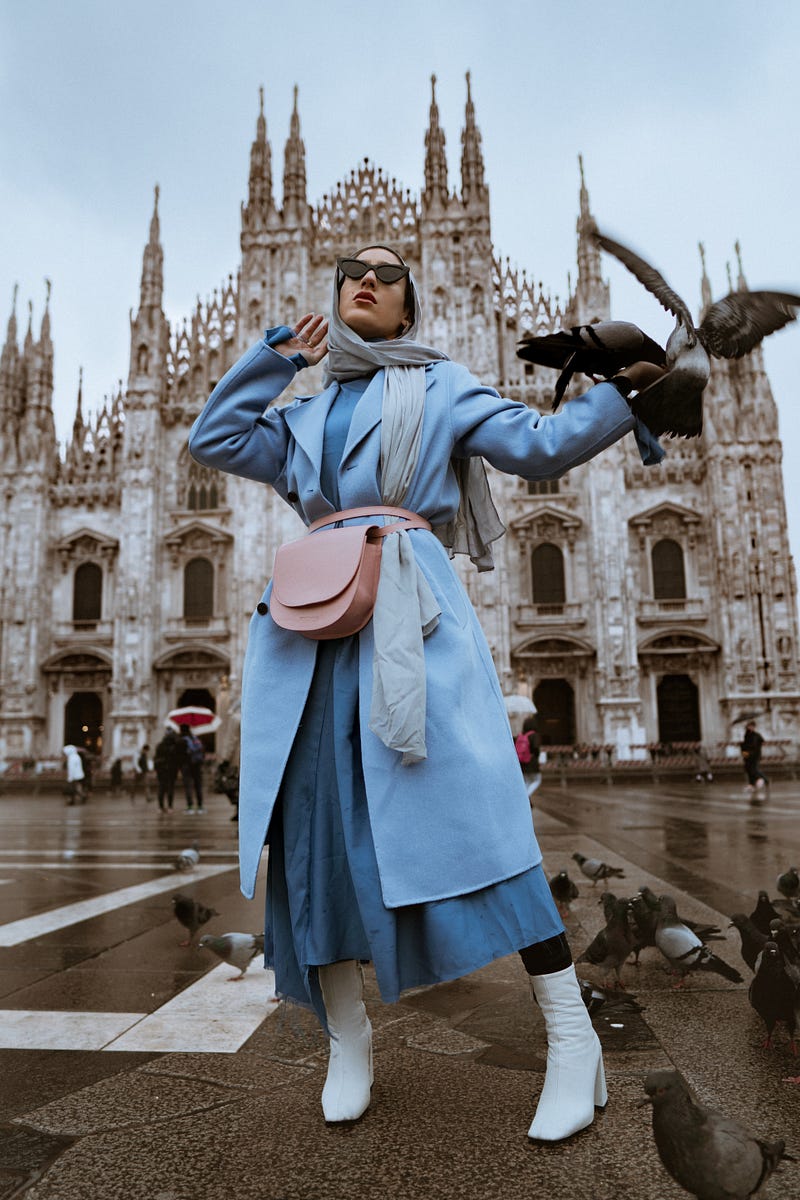
Emotions can take control of the colours we choose, colours in clothing can also alter our emotions, 85% of consumers believe that colour is the main factor while buying a product. It takes 90 seconds for a product to create an impression. Colours in fashion have the same effect when you want to change your mood or send off a specific message with your clothing.
Dressing Colour Quick Tips
- Dark blue provides a sense of authority and power. Wearing dark blue is ideal for meetings conference public speaking gigs. Avoid bright yellow in these situations as it produces the opposite effect.
- Bright yellow is an optimistic and energetic colour which is suitable for parties and creative, relaxed events.
- Dark green is the colour of wealth and growth. Wear this colour when negotiating or going for a job interview.
- Red is the boldest of all colours. From confidence to danger, red sends out a wide range of emotions. Prepare to attract attention when you are wearing red.
- You can learn to choose your clothing depending on the specific message you want to send or mood you want to set while you define the colours that best suit your personality or your state of being on any given day.
The four psychological primary colours — red, blue, yellow and green, relate respectively to the body, the mind, the emotions and the essential balance between these three. The following is what you can learn from the psychological properties of the eleven primary colours. Understand how you can harness the positive effects of colour.
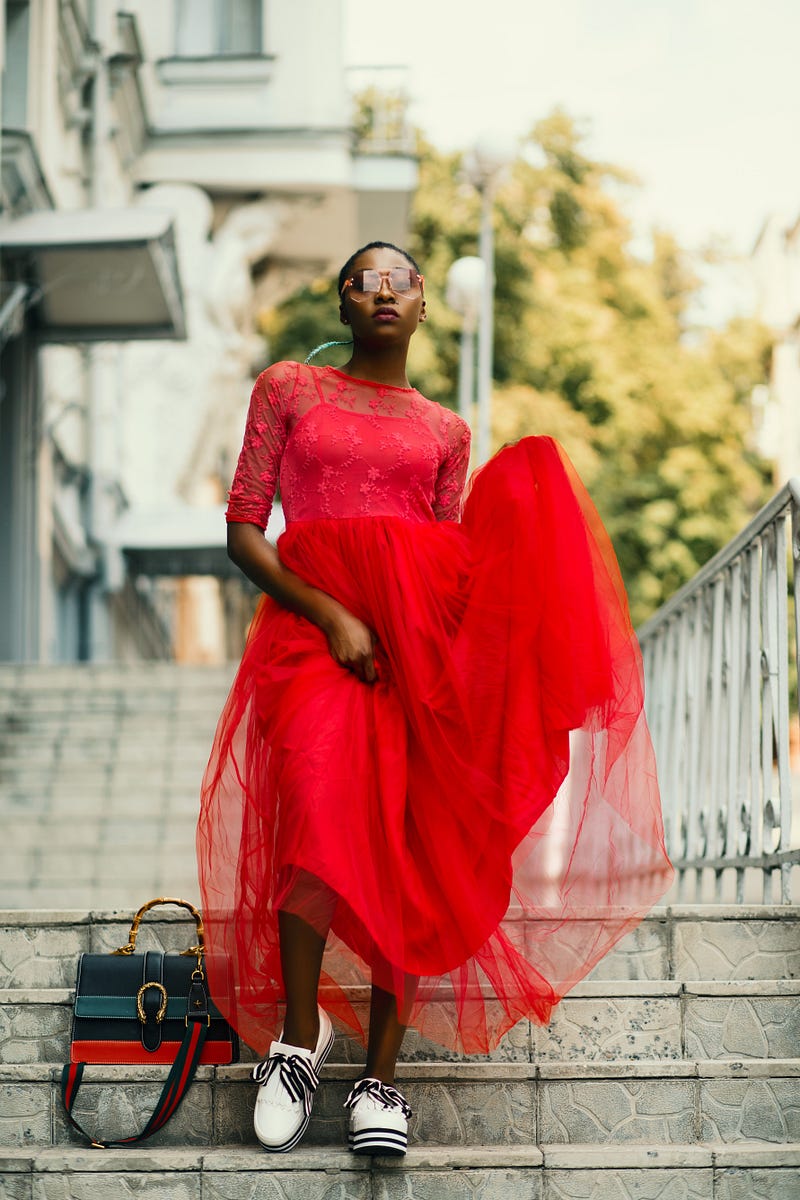
RED. Physical
Positive: Physical courage, strength, warmth, energy, basic survival, ‘fight or flight’, stimulation, masculinity, excitement. The colour of the Base chakra, stability.
Negative: Defiance, aggression, visual impact, strain.
Red, being the longest wavelength, is a dominant colour. It relates to the masculine principle and can activate the “fight or flight” instinct. Red is the purest colour, with no subtlety. It is stimulating and lively, amicable. At the same time, it can be perceived as demanding and aggressive. Wear red when you want to cause an effect that blends between power and warmth.
Although not technically the most visible, red has the property of appearing to be nearer than it is and therefore it grabs our attention first. Hence its effectiveness in traffic lights the world over. Its effect is physical; it stimulates us and raises the pulse rate, giving the impression that time is passing faster than it is. Use the colour of passion and power when you are going to persuade or impress. Any bright shades of red draw attention to the person wearing them — people associate red with energy, movement, and excitement.
“Red is a stimulant for men,”
Says Abby Calisch, a psychology professor at Eastern Virginia Medical School in Norfolk, Virginia. People who often wear red are bright, easily excitable, slightly self-centred and also addiction-prone. Men are attracted to women wearing a ruby tint.
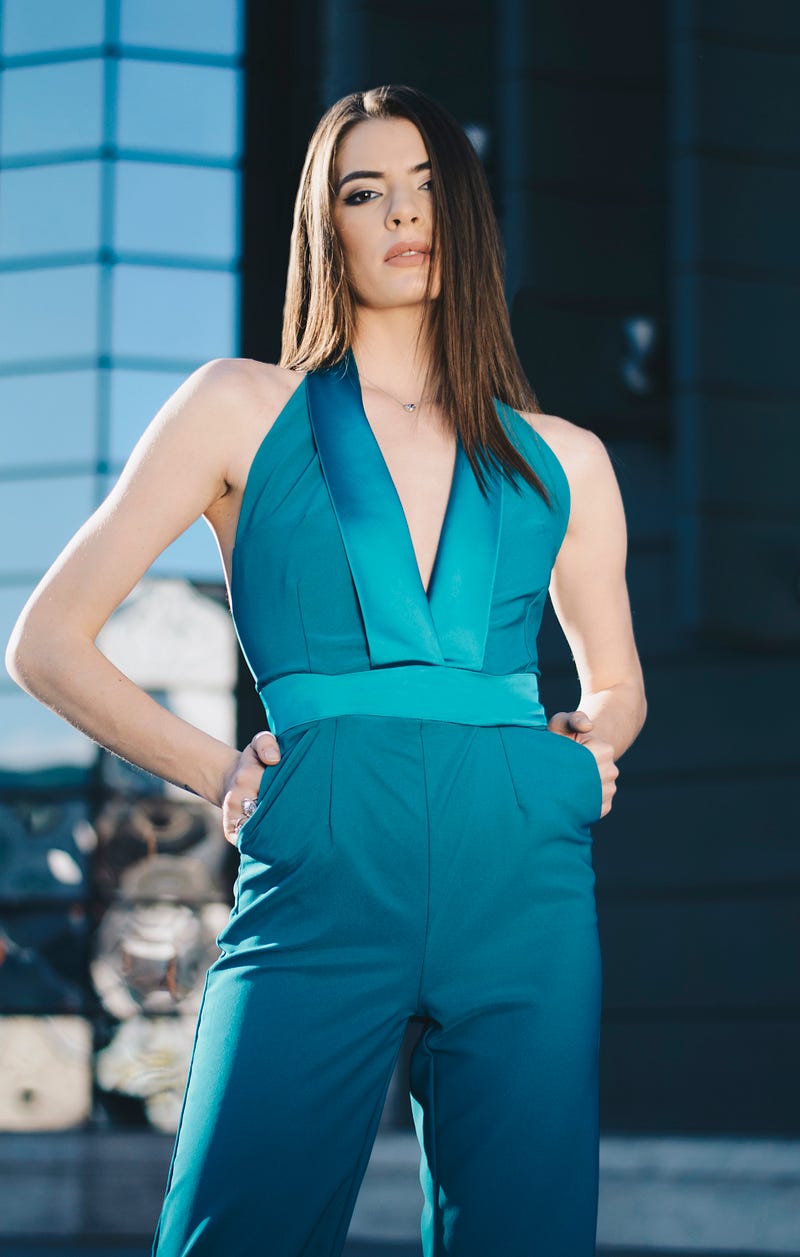
BLUE. Intellectual.
Positive: Intelligence, communication, trust, efficiency, serenity, duty, logic, coolness, reflection, calm. The colour of the Throat chakra, communication
Negative: Coldness, aloofness, lack of emotion, unfriendliness.
Blue is the soothing colour of the mind. It has a mental effect, rather than providing a physical reaction like red does.
Darker blues stimulate clear thought and lighter, softer blues calm the mind and help us concentrate. It is the colour of clear communication. Blue seems to be is the world’s favourite colour. Yet, it can feel cold, unemotional and unfriendly. Blue is the best colour to wear to an interview because it sends out confidence and reliability. Therefore, many working uniforms or business suits are blue.”
The University of British Columbia held a study about the influence of colour, finding that darker shades of blue have a calming effect. The colour blue is often associated with intelligence, trust, efficiency, and tranquillity.

YELLOW. Emotional
Positive: Optimism, confidence, self-esteem, extraversion, emotional strength, friendliness, creativity, the colour of the Solar Plexus chakra, the power of will.
Negative: Irrationality, fear, emotional fragility, depression, anxiety, suicide.
The yellow wavelength is long and emotionally stimulating. Yellow is the most active colour, psychologically. Yellow can lift our spirits and our self-esteem; it is the colour of confidence and optimism. Too much yellow or the wrong tone of yellow can down self-confidence and raise fear and anxiety.
Yellow represents joy and laughter. Studies show that the yellow colour increases the production of serotonin in the brain, speeds up metabolism and lifts your mood. Yellow increases concentration and attention; therefore, it is often used on advertising sites and road signs.
Experts say that various shades of yellow are usually worn by active, creative and addicted people, bright dreamers and adventurers who are ready to explore and conquer.

GREEN. Balance
Positive: Harmony, balance, refreshment, universal love, rest, restoration, reassurance, environmental awareness, equilibrium, peace. The colour of the Heart chakra, love in all its forms.
Negative: Boredom, stagnation, blandness.
Green is pleasing to the eye; it requires no adjustment, thus is restful. Positioned in the centre of the colour spectrum, it is the colour of balance which is an essential attribute.
When there is a lot of green around us, it means that the presence of water is abundant with water, everything is plentiful. Thus the colour green is reassuring on a primitive level. On the other side, it can indicate stagnation and, if misused, will be perceived as bland and boring. Green can put you in a good mood and enhance our surroundings. “The pleasing essence of green comes from its relationship with nature, which brings peace and contentment.
The people who wear green unusually lead an active and public life. They live in the best neighbourhoods, and they are usually financially stable — they are caring and kind.

VIOLET. Spiritual
Positive: Spiritual awareness, containment, vision, luxury, authenticity, truth, quality. The colour of the Third Eye eye chakra, intuition and connection with the higher self.
Negative: Introversion, decadence, suppression, inferiority.
The shortest wavelength is violet, often described as purple. It brings awareness to a higher level of thought, into the realms of spirituality. Purple is highly introvertive and encourages deep contemplation and meditation. It has always been associated with royalty, and it communicates the most excellent quality. As it is the last visible wavelength before the ultra-violet ray, it is associated with time and space and the cosmos. Excessive use of purple can encourage excessive introspection. The wrong tone of purple can give a sense of cheap faster than other colours in the spectrum.
In the past, purple often represented royalty and higher society. It stood for sophistication, wealth and luxury. Cleopatra was known to be crazy about the colour purple. During those times, only the wealthy could wear shades of purple. Today, people who wear purple are creative, insightful, and have an intrinsic love for art.
Purple lovers are emotional and sensitive, dreamy, passionate and love mysticism. These people are often unpredictable.
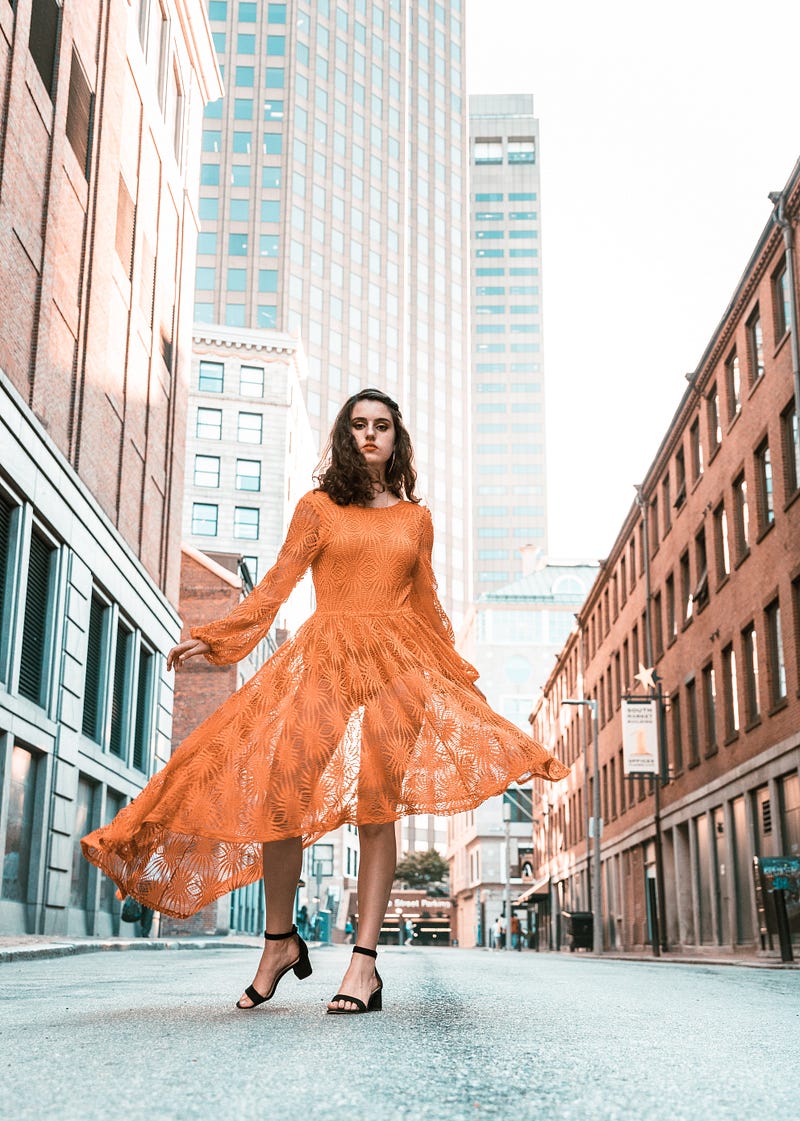
ORANGE. Warmth
Positive: Physical comfort, food, warmth, security, sensuality, passion, abundance, fun. The colour of the Sacral chakra, satisfaction and creativity.
Negative: Deprivation, frustration, frivolity, immaturity.
Orange is a combination of red and yellow; orange is stimulating physically and emotionally. It focuses our minds on gaining physical comfort — food, warmth, shelter and sensuality. It is the colour of ‘fun’. On the downside, it can also focus on the opposite — deprivation, which is likely when warm orange is used with black. Additionally, an excess of orange can give out a sense of frivolity and a lack of serious intellectual values. Orange provides the right atmosphere for fun and party. It’s a warm, cheerful creative and attractive.
Those who like to wear orange are optimistic, energetic and cheerful, always eager for change. Although they quickly take risks, they are ambitious and prudent.
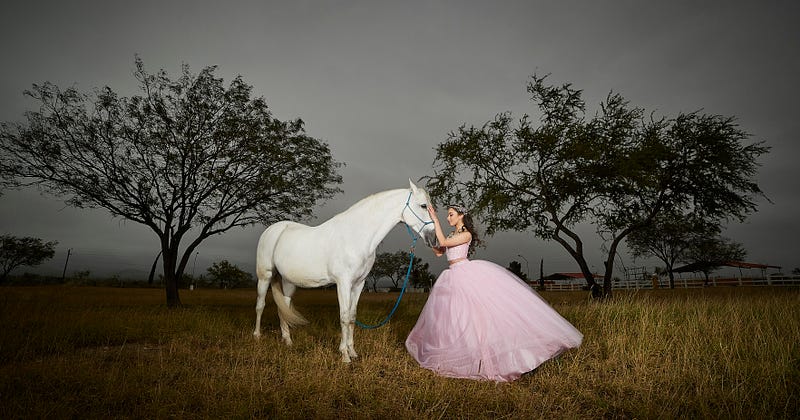
PINK. Soothing
Positive: Physical tranquillity, nurture, warmth, femininity, love, sexuality, the survival of the species.
Negative: Inhibition, emotional claustrophobia, emasculation, physical weakness.
Given that it is a tint of red, pink affects us physically, with a soothing effect instead of a stimulating one. It’s worth mentioning that red is the only colour that has an entirely separate name for its tints. For example, shades of blue, green, yellow, etc. are simply called light blue, light green etc. Pink is a significant colour in terms of psychology. Representing the feminine principle and the survival of the species; it is a nurturing colour. An excessive amount of Pink can be physically draining and at times, emasculating.
Bright pink is often attributed to the flirty girl and can also be seen in children’s wardrobes and girl’s toys. For maturer women, softer, more delicate shades of pink are more enticing, representing ultimate femininity. Soft Pink is thought to be calm, warm and feminine, one of the most potent sedatives. In some prisons, walls are painted in shades of pink to reduce the level of violence.
According to psychologists, people who love pink are romantic, optimistic. They appreciate the kindness and comfort above everything else.
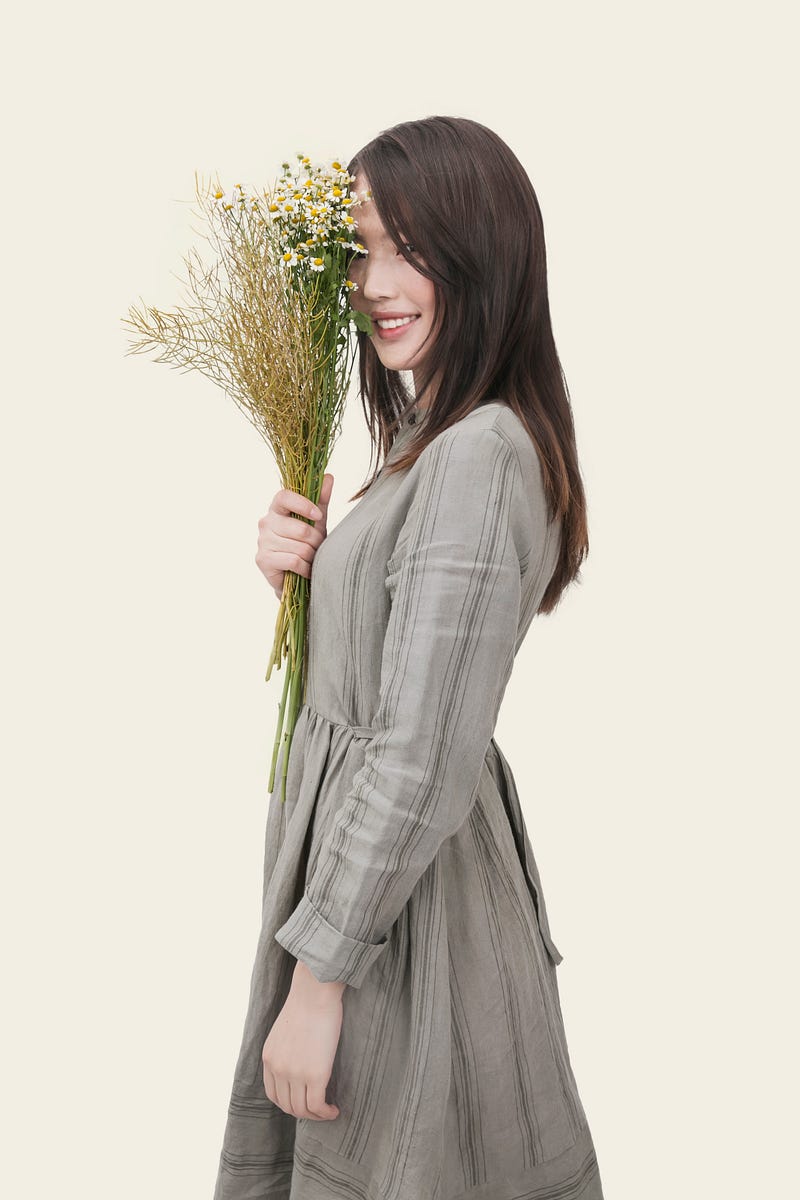
GREY. Neutral
Positive: Psychological neutrality.
Negative: Lack of confidence, dampness, depression, hibernation, lack of energy.
Grey is the only colour that has no direct psychological properties. It is suppressive. The absence of colour is depressing, and when our world turns grey, we are instinctively conditioned to draw inwards. Unless the precise tone is right, grey has a dampening effect on other colours used with it. The excessive use of grey indicates a lack of confidence and fear of exposure. When a person has a lot of grey clothing, it usually means they want to remain invisible.
Gray and its shades are a symbol of tranquillity, dimensionality, and maturity. Many middle-aged men wear grey suits, while women of older ages wear grey dresses. Being this is a neutral colour; it is difficult to characterise the person who wears it.

BLACK. Glamour
Positive: Sophistication, glamour, security, emotional safety, efficiency, substance.
Negative: Oppression, coldness, menace, heaviness.
Black is all colours, totally absorbed. Thus the psychological implications of are significant. Black creates protective barriers, absorbing all the energy coming towards you, and it enshrouds the personality. Black is essentially the absence of light, no wavelengths are reflected, it can be menacing; as some people are afraid of the dark. Black communicates absolute clarity, with no delicate nuances. It portrays sophistication and uncompromising excellence, and it works particularly well with white. Black creates a perception of weight and seriousness.
“Black is a colour that is taken seriously,”
Says the fashion and style expert, Karen Haller. Indeed, according to research in the field of psychology, the colour black is perceived as an indicator of prestige, power, seriousness, and intelligence. Thus in many European universities, the graduation mantle is coloured black.
People who prefer to wear black clothing are ambitious, full of purpose, but also sensitive. They are emotional and easily excitable, although they often try to hide it.
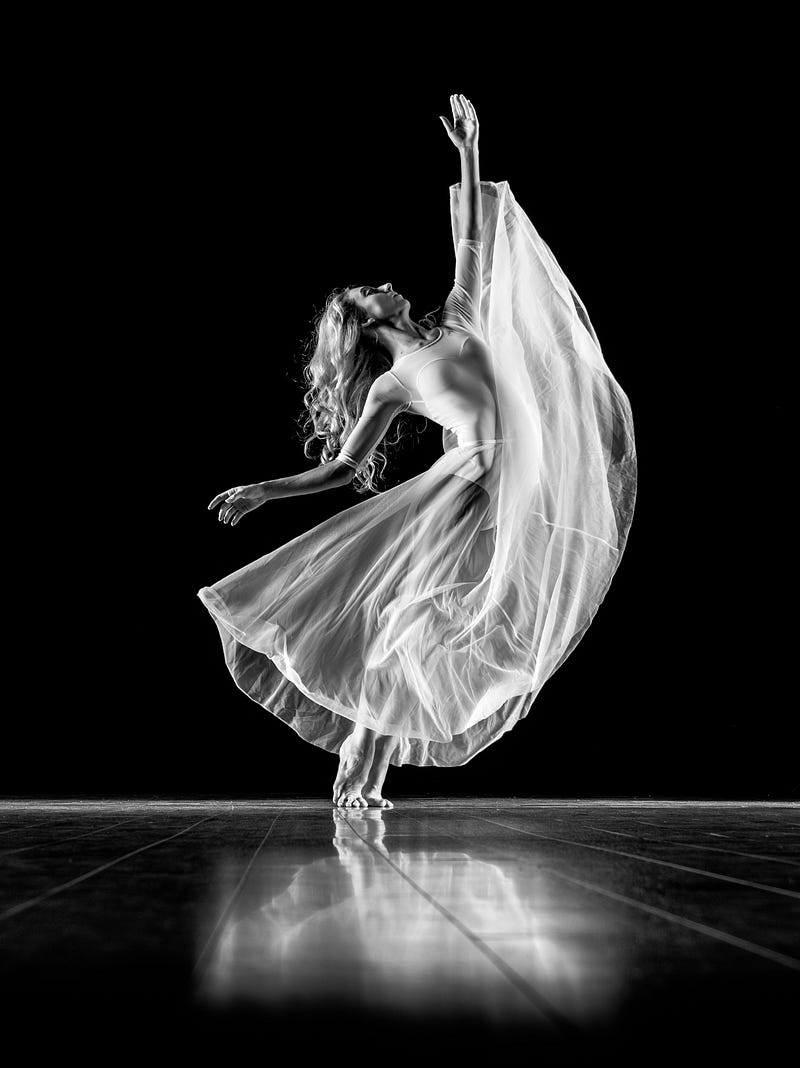
WHITE. Purity
Positive: Hygiene, sterility, clarity, purity, cleanness, simplicity, sophistication, efficiency.
Negative: Sterility, coldness, barriers, unfriendliness, elitism.
Just as black is total absorption, white is total reflection. In effect, it reflects the full force of the spectrum into our eyes. Therefore it also creates barriers, but differently from black, and it is often a strain to look at. It communicates, “Do not touch me” white is purity and, like black, uncompromising; it is clean, hygienic, and sterile. Visually, white gives a heightened perception of space. White symbolises freedom, purity, innocence, and simplicity. This is the reason why many people decide to buy something white when they are starting a new journey in their life.
The colour white attracts reliable people who love freedom and who are optimistic about life. These people are elegant and organised in everything they do, they like new beginnings, and they strive for perfection. Many personality types wear white. It is neutral, and rarely repels others.

BROWN. Support
Definite: Seriousness, warmth, nature, earthiness, reliability, support.
Negative: Lack of humour, heaviness, lack of sophistication.
Brown is a mixture of red and yellow, with a large percentage of black. Consequently, it has much of the same seriousness as black, but it is warmer and softer. It has elements of red and yellow properties. Brown is often associated with the earth and the natural kingdom. Brown is robust and reliable, and most people find it quietly supportive. Brown is the colour of the earth. Thus it depicts reliability, strength and stability. That’s how others perceive people who often wear brown shades.
People who wear the colour brown are conservative, they respect their elders, and they seek peace, stability, and strength in everything.
Enter our Competition to Win One of our Best Selling Limited Edition Designer Hoodies.
Sylvia Love Johnson is a Streetwear Fashion Clothing Brand Startup Entrepreneur, Filmmaker and Acting Coach who found her Fashion design inspiration in her short films driven by the necessity to free herself from social constraints through artistic expression in Fashion. Visit LaGuai to find out how she did it.


